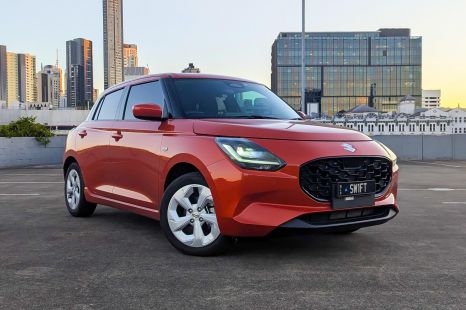

William Stopford
2025 Suzuki Swift Plus review
4 Days Ago

Contributor
The updated Renault Clio wears the brand’s new corporate face, and also gains a new Esprit Alpine variant.
When asked whether there are plans for the nameplate’s return to Australia, a spokesperson for distributor Ateco said, “Not at this stage but as with any model that is available in right-hand drive we will assess it for our market.”
The updated light hatch wears the brand’s Nouvelle Vague design language up front, as seen on the new Austral and Espace, with bolder LED daytime running lights that flow down to the bumper.
There’s a restyled grille, as well as angular headlight clusters which use up to five LED lamps depending on the trim.
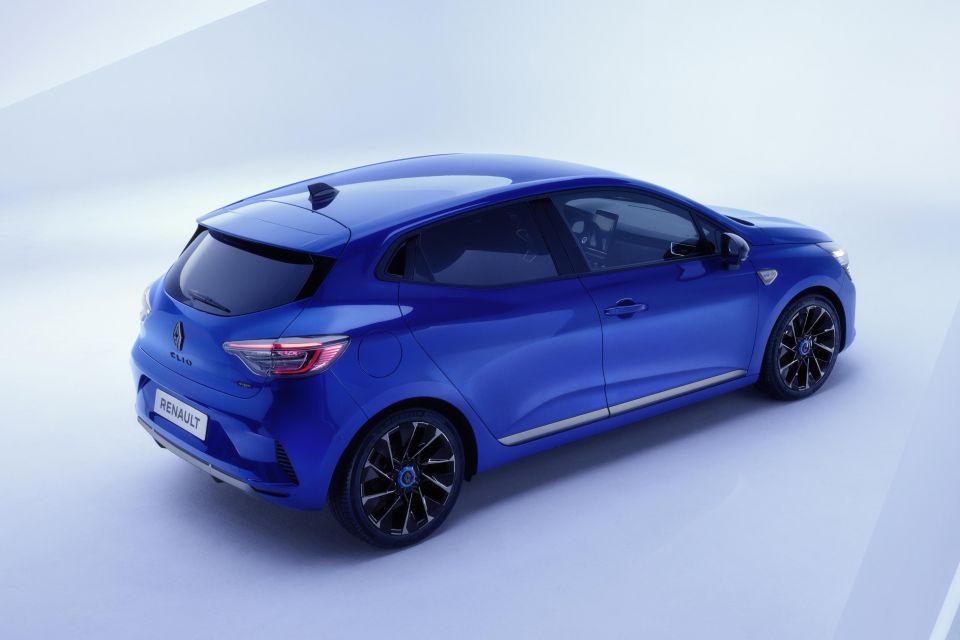
It also follows the Austral and Espace in gaining an Esprit Alpine trim, borrowing the name of Renault’s sports car and racing division. It replaces the RS Line, following the retirement of the Renault Sport name.
Exterior additions on the new Esprit Alpine trim include matte grey airfoils below the grille, an Alpine-specific badge on the front wing, and 17-inch aluminium wheels with a smoky grey finish.
In the cabin, the Esprit Alpine trim has sportier seats embellished with the Alpine brand’s letter ‘A’ heat-welded onto the back of the seat, a French flag stitched to the side of the seats and dashboard, and red white and blue double overstitching on the steering wheel. The pedals and front door sills are aluminium.
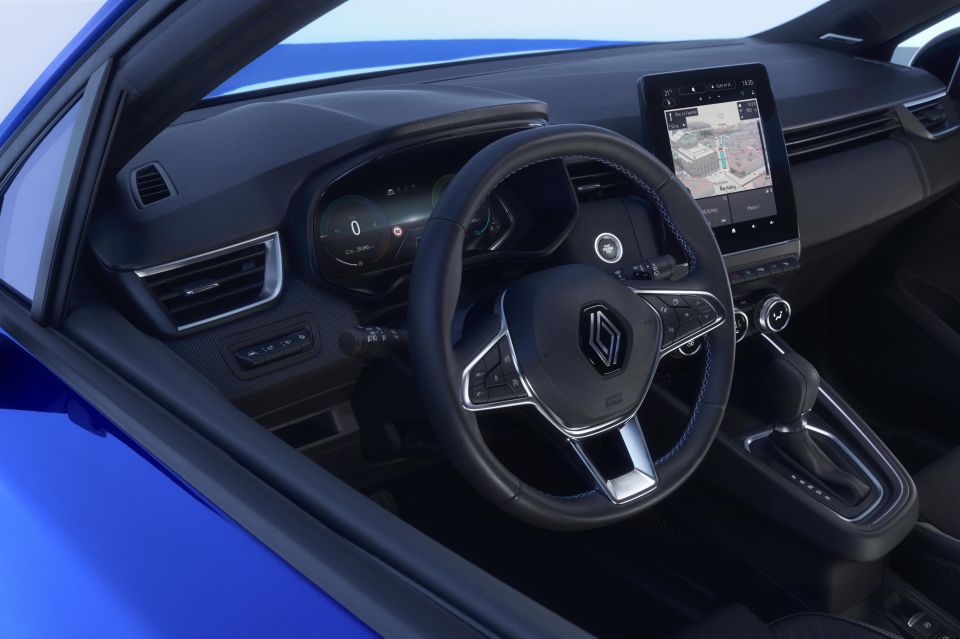
Inside, the updated Clio features a digital instrument cluster behind the steering wheel and an edgeless digital display spanning seven inches or 9.3 inches in the Esprit Alpine.
The infotainment system is powered by Renault Easy Link which supports Android Auto and Apple CarPlay and built-in navigation. A wireless phone charger also features.
Keeping with the industry trend of sustainably upholstered interiors, the leather-free Clio cabin is clad in a bio-based cellulosic TEP fibre which requires less water and energy in the dyeing process.

Several carryover powertrains will be available including petrol, diesel and hybrid options.
The 106kW E-Tech full hybrid engine is powered by two electric motors, a 36kW motor and an 18kW starter generator, a 1.2kWh battery, and a 4-cylinder, 1.6-litre 69kW engine.
The car is started solely by the electric motor and can use the electric motor up to 80 per cent of the time in cities, which Renault says cuts consumption by up to 40 per cent compared to a conventional petrol engine.
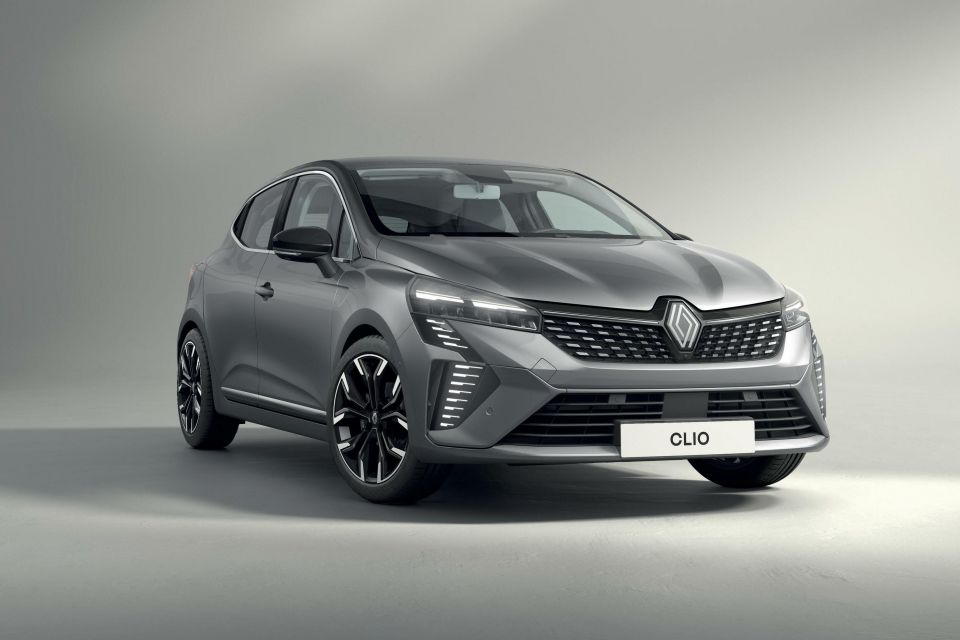
Twenty advanced driver assistance systems (ADAS) are built into the new Clio, including a surround-view camera, autonomous emergency braking, and adaptive cruise control.
“Clio has enjoyed constant success. It is the world’s best-selling French car and a category leader in Europe,” said Renault CEO Fabrice Cambolive.
“The E-Tech full hybrid powertrain under the bonnet is a pleasure to drive, emits less, and has greater range – ideal technology for customers seeking to renew their diesel vehicles.”
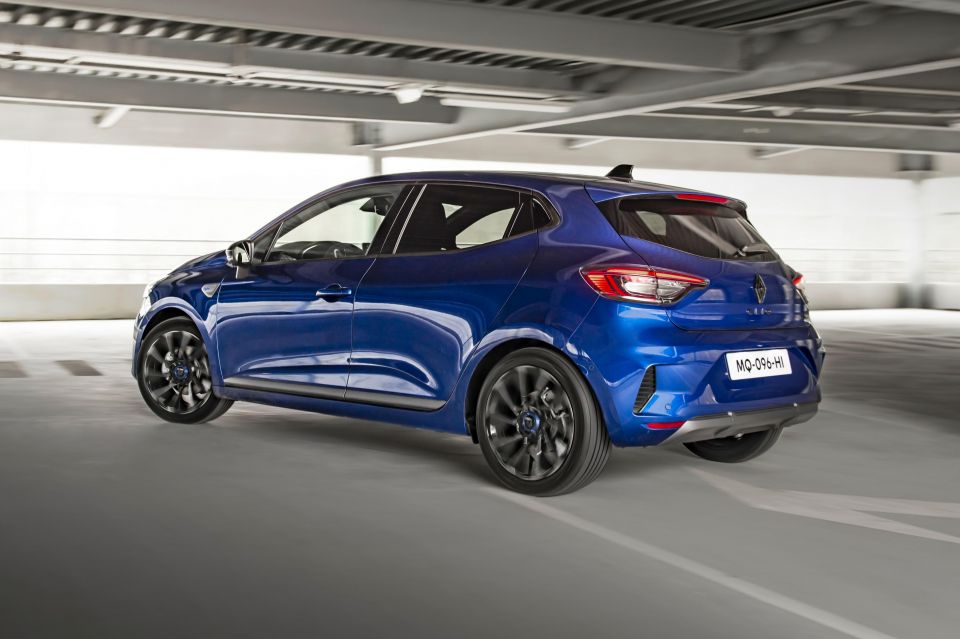
The Clio first debuted in 1990, and over 16 million units have been sold worldwide since then.
We missed out on the first generation in Australia but received the second, third and fourth, before the line was axed locally in 2020.
The current generation was set to arrive here before Renault cancelled these plans due to slowing sales for light cars.
“We understand that Clio is a nameplate with great heritage, but the case for light cars is becoming harder to sustain,” Renault Australia senior product manager, Charly Clercin, told media at the time.
Where expert car reviews meet expert car buying – CarExpert gives you trusted advice, personalised service and real savings on your next new car.


William Stopford
4 Days Ago


Max Davies
3 Days Ago


Josh Nevett
2 Days Ago


Andrew Maclean
2 Days Ago


Shane O'Donoghue
1 Day Ago
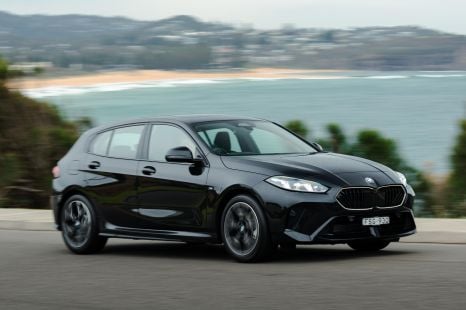

Anthony Crawford
16 Hours Ago